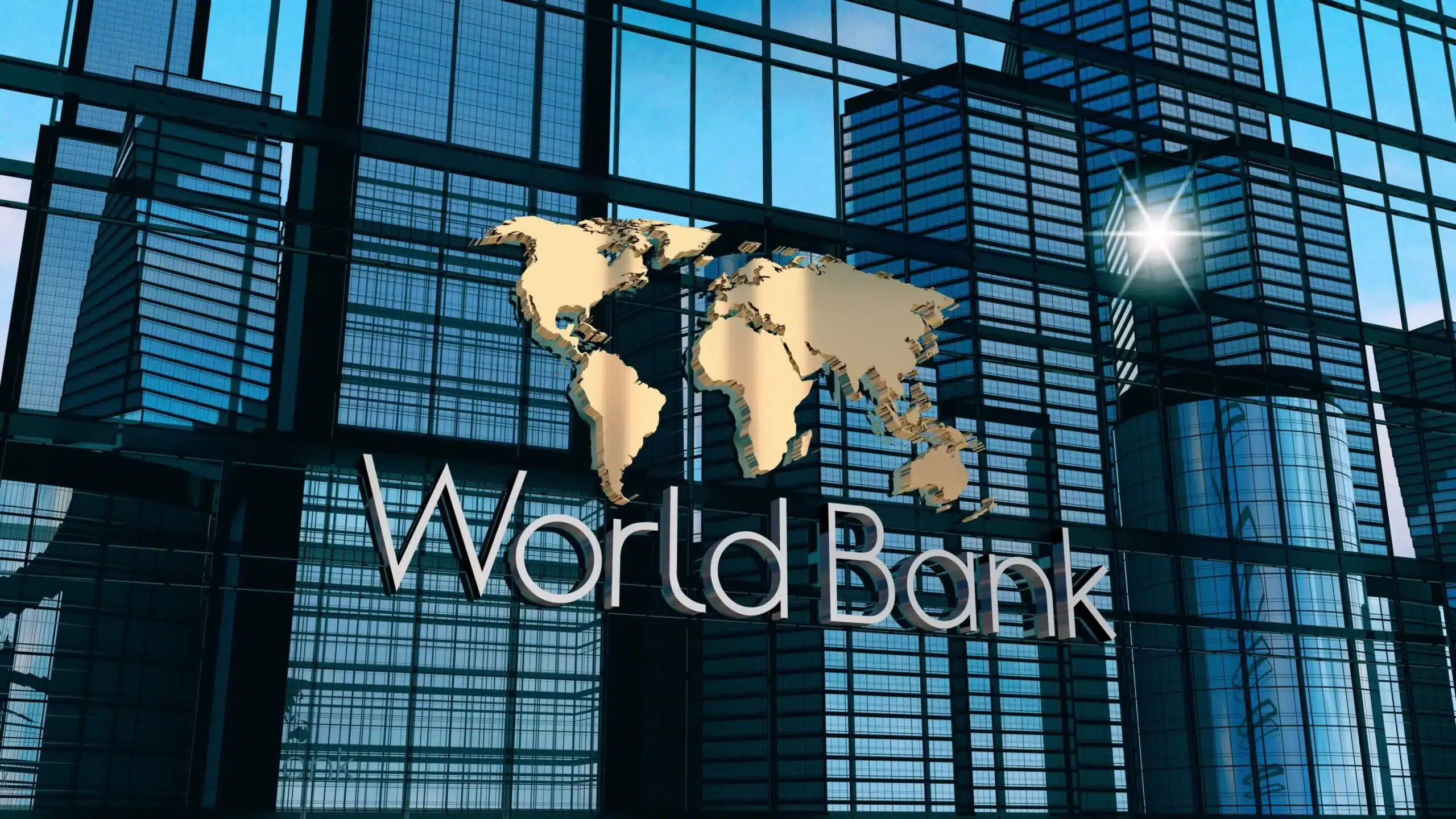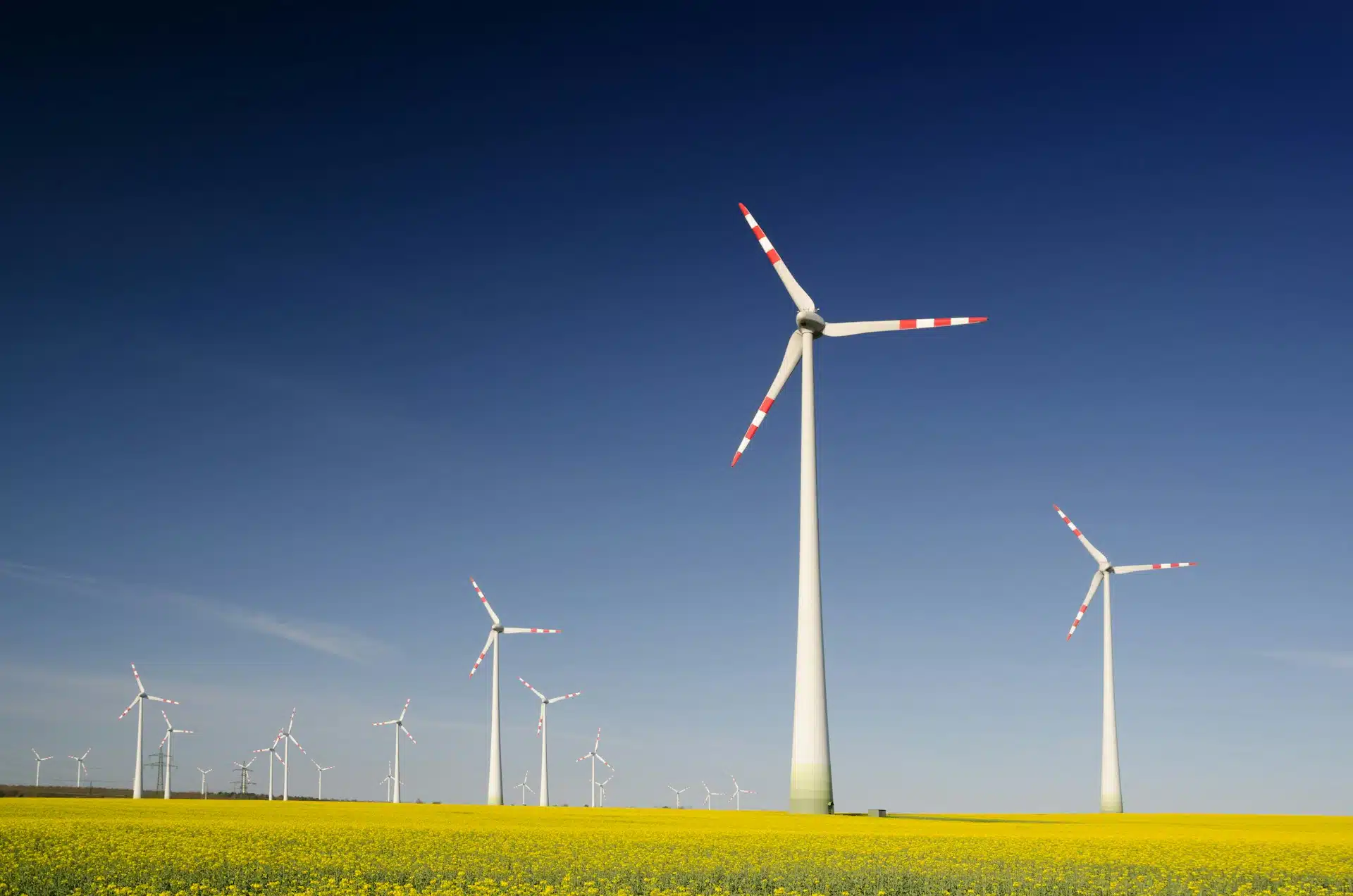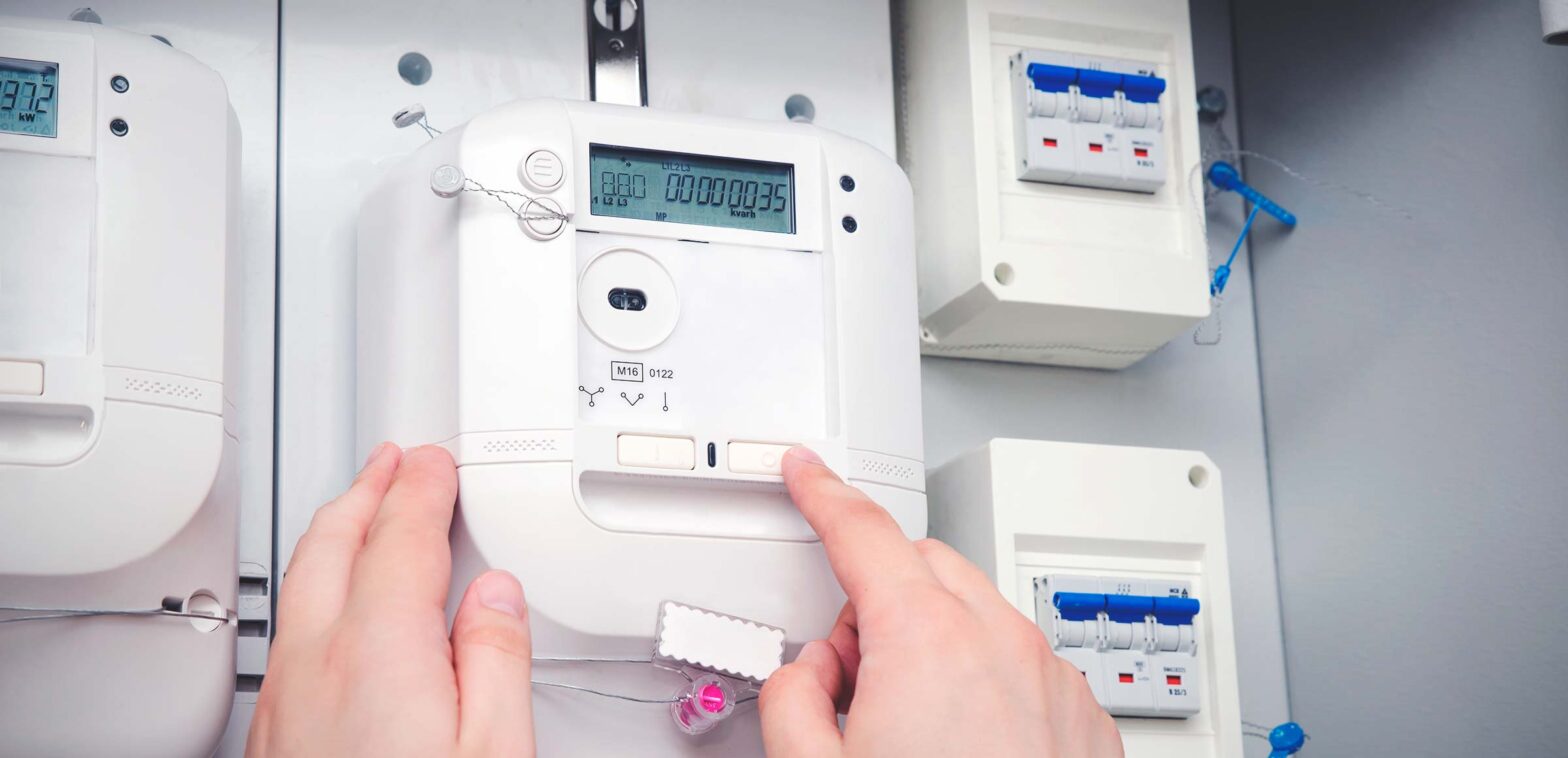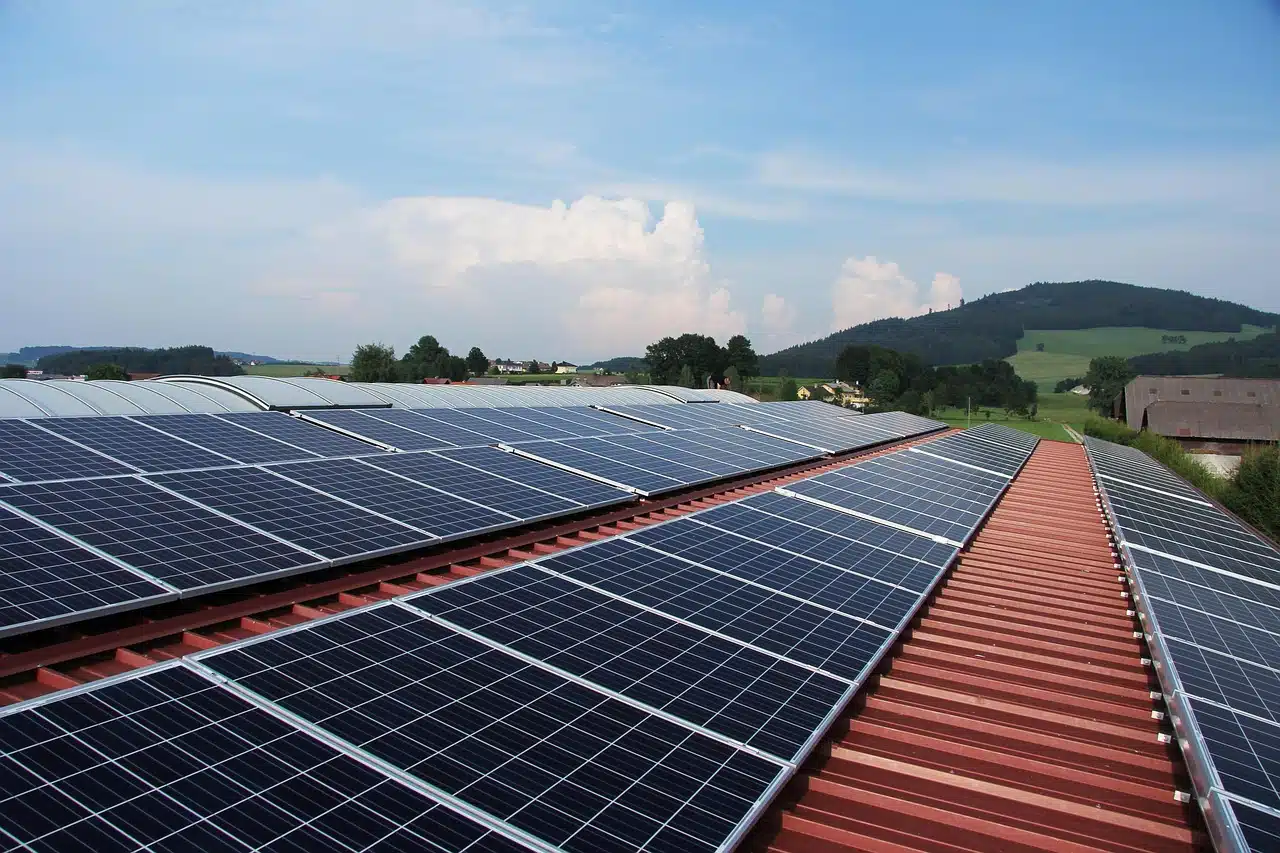The World Bank has said the Zambian government is partnering with international organizations to ramp up efforts to bring electricity to 8.5 million citizens by 2030 through off-grid solar solutions.
Leveraging on partnerships with the World Bank, the Common Market for Eastern and Southern Africa (COMESA), the Africa Minigrid Development Association (AMDA), and other partners, the Government of Zambia is scaling up efforts to invest in off-grid solar energy throughout the country to bring electricity to all Zambians.
“Our target is to have at least 200 solar mini-grids operational by 2030, ensuring that every rural district in Zambia has access to clean, affordable, and reliable electricity,” said Makozo Chikote, Zambia’s Minister of Energy.
The bank said in a statement that while Zambia has made notable progress by increasing electricity access from 30% in 2017 to nearly 50% today, half of the country’s population remains off-grid.
The country’s heavy reliance on hydropower for 80% of electricity generation has proven vulnerable to droughts, prompting a national shift toward decentralized renewable energy.
Solar home systems, and mini grids, which are solar electricity generation and storage plants that provide electricity to whole villages, have the potential to reach 8.5 million Zambians currently still without electricity.
Despite their potential as the cheapest and easiest way to connect remote populations, mini-grid developers face financial and technical hurdles.
To address these, the World Bank’s Energy Sector Management Assistance Program (ESMAP), the Common Market for Eastern and Southern Africa (COMESA), and the Africa Minigrid Development Association (AMDA) are hosting a conference in Lusaka with the goal of bringing together developers, financiers, and policymakers to accelerate deployment of these solar energy sources.
Achim Fock, World Bank Country Manager for Zambia, while stating the transformative impact of energy access said “It improves health, creates jobs, and lifts people out of poverty”.
“The World Bank Group is partnering with the African Development Bank and other partners on Mission 300, an ambitious initiative to connect 300 million people to electricity in Sub-Saharan Africa by 2030 and accelerate development and poverty reduction. In Zambia, Mission 300 includes supporting an acceleration of the deployment of distributed renewable energy”, Achim Fock said.
With an average of 24 inhabitants per square kilometer, Zambia is amongst the least densely populated countries in the world, making electricity grid extension challenging and costly.
The World Bank is also supporting Zambia’s electricity access initiatives, including the development of mini-grids, through projects like the Electricity Services Access Project (ESAP) and the Zambia-Tanzania Interconnector Project (ZTIP), aiming to expand access to affordable and sustainable energy.
Data from the International Renewable Energy Agency (IRENA) shows that Zambia’s renewable energy capacity has increased by 34% since 2015, with hydropower projects underway in the country.









